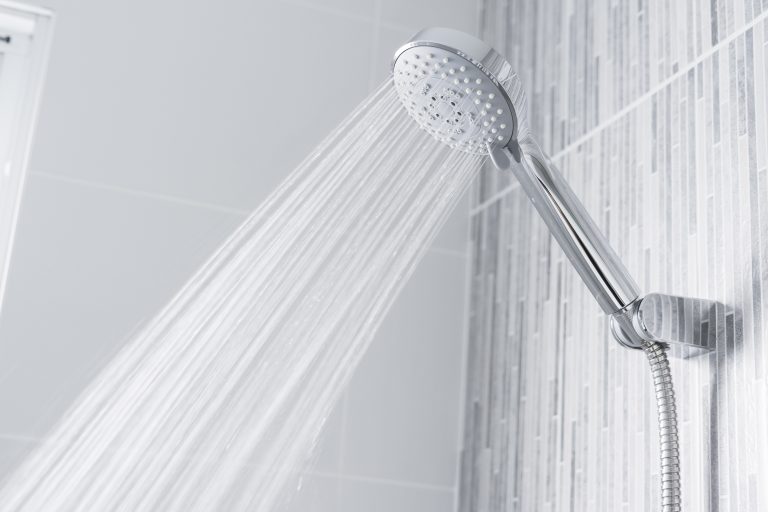New research supports the concept of increasing water pressure to reduce water use, as explained by Tom Reynolds, chief executive of the Bathroom Manufacturers Association.
What if I told you that boosting water pressure is the key to saving water and energy for many UK households? It might seem counterintuitive initially, but the compelling science behind this concept demands your attention.
We all want a satisfying flow of water in the shower. However, in low water pressure environments, consumers will likely take longer in the shower trying to rinse off shampoo or soap, inadvertently wasting water and energy. Believe it or not, this situation is more prevalent than you might think, but there’s a solution: increasing minimum water pressure in households.
Innovations in shower technology, such as boost functions and hyper-efficient showerheads, are designed to operate optimally at a pressure of 2-3 bar. Yet, these innovations struggle to deliver their full potential in many homes with poor mains or gravity pressure.
The underlying issue stems from underinvestment and ageing infrastructure in the water sector. However, this is where we need intervention, and the next government should step in with water companies to establish a minimum pressure of ideally 2-3 bar in all households.
Why the focus on water pressure? Recent research from the University of Surrey found that increased water pressure was strongly correlated with reduced water use, with consumption decreasing by up to 60% with high water pressure. Moreover, water consumption decreased as pressure increased for similar water flow rates, indicating a direct link between pressure and user behaviour.
Consider the potential: Britain spends billions annually on heating water for showers alone. By optimising water pressure, we can unlock significant energy savings, contributing to both environmental sustainability and cost savings for consumers. It’s a win-win situation.
While plumbers and installers play a crucial role in raising awareness of the importance of water pressure and fitting the correct products, designers also have a vital role. Armed with the knowledge and research supporting the need for increased pressure, they can help drive the adoption of more efficient solutions, ultimately bringing us closer to achieving government targets for reducing water consumption.
The takeaway is clear: increasing minimum water pressure can lead to significant household water and energy savings. It’s time for the entire bathroom industry to collaborate and prioritise the call for adequate water pressure. If we do nothing, many consumers risk feeling disappointed in adopting water-saving designs, continuing the wasted water and energy cycle.


